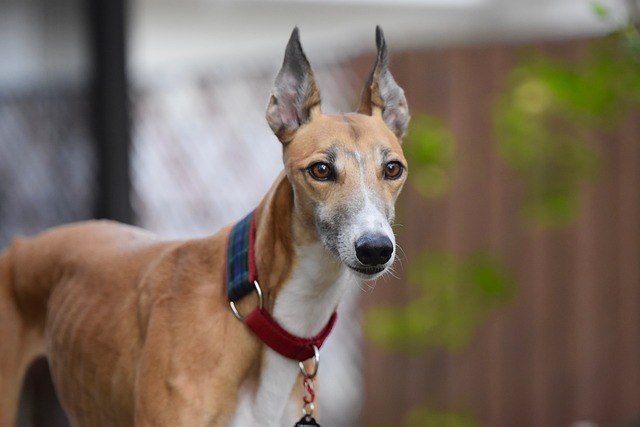
What is glaucoma in a dog?
You might notice your dog squinting more at mealtime or avoiding bright sunlight—these small changes could be early signs of a serious eye condition.
Watching your dog flinch or try to walk away when you bring out the slicker brush can make any owner wonder if the tool itself is the problem. The sight of those fine, bent wires looks intimidating. So, is it painful? The answer is: it depends entirely on your technique. A slicker brush is an incredibly effective tool for removing loose undercoat and preventing mats in medium to long-haired dogs, but used incorrectly, it can absolutely irritate the skin and cause discomfort. The issue is rarely the brush itself, but how and when it’s used.
The science behind the potential for discomfort lies in the design. Those fine, angled wires are excellent at grabbing dead hair from the dense undercoat. However, if you brush too aggressively, press too hard, or use it on a tangled coat without pre-detangling, those wires can scratch and scrape the sensitive skin underneath. Think of it like using a hairbrush on your own tangled hair; yanking through a knot is painful, while gentle, section-by-section brushing is not. The key is to use the brush in short, gentle strokes, following the direction of hair growth, and only on a coat that has been checked for and freed of any major mats beforehand.
This is where your approach makes all the difference. Positive reinforcement grooming is the only acceptable method. Let your dog sniff the brush, reward them for calm investigation, and keep initial sessions very short. Brush for a minute, then play a quick game or offer a treat. If you encounter a small tangle, use a detangling spray and your fingers to work it out first. Never hold your dog down or continue brushing if they are showing signs of stress like whining, lip-licking, or trying to escape. This patient, choice-based method is a cultural expectation in modern pet care; using force or punishment during grooming is widely condemned as it destroys trust and creates a lifelong aversion.

Your grooming routine also intersects with your broader responsibilities. A dog that has a positive association with being handled is typically calmer and easier to manage in all aspects of life. This is particularly valuable for apartment dwellers, as a stressed dog may be more prone to barking at hallway noises. A well-brushed dog also sheds less fur inside your home and in shared public spaces like dog parks. And while you’re focused on their comfort, remember that your civic duties on walks remain paramount. Always carrying poop bags and adhering to leash laws is mandatory, as is ensuring your dog’s rabies vaccination is up-to-date—a fundamental legal requirement that protects everyone in your community.
Ultimately, a slicker brush is not inherently painful. It is a fantastic tool when used with care, patience, and the right technique. By prioritizing your dog’s comfort and making grooming a positive experience, you’re not just maintaining their coat; you’re strengthening your bond and ensuring their overall well-being.

You might notice your dog squinting more at mealtime or avoiding bright sunlight—these small changes could be early signs of a serious eye condition.

Let’s set the scene: It’s a sweltering Phoenix afternoon—105°F outside—and you rushed your 2-year-old Lab mix, Cooper, on a quick walk to “get it over with.”

Let’s get real: You’re in your Miami apartment, watching your 3-year-old Corgi, Loki, struggle to climb the stairs to your second-floor unit.

Many dog owners brush off occasional scratching as just “dog behavior,” but persistent itching often signals something more—like a food allergy.

You might first notice your dog scratching more than usual—chewing at their paws until the fur looks thin, or rubbing their face against the couch nonstop.

Let’s be real: You’re standing in your Chicago apartment, watching your 3-year-old Beagle, Max, huff and puff just to climb onto the couch.